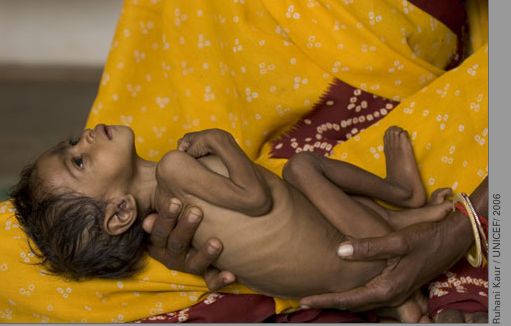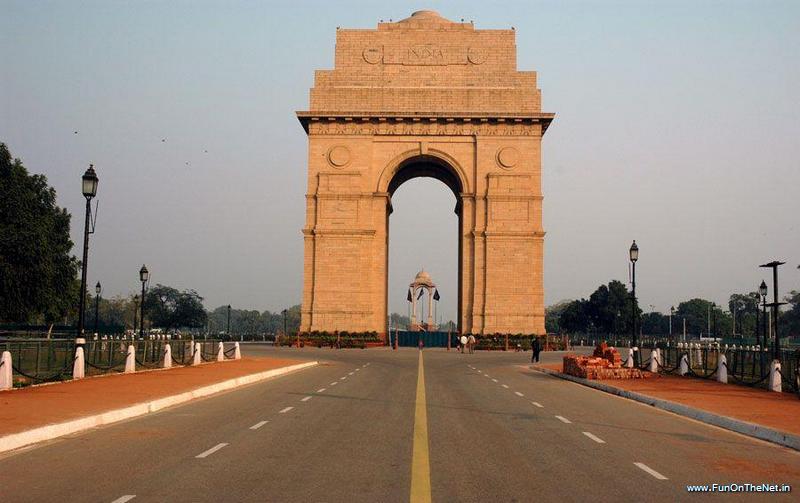
 Standing tall amidst 6.1 acres of serene ambiance, Sri Balaji Action Medical Institute promises to serve mankind with integrated healthcare. Dr (Prof) DP Saraswat, CEO, Sri Balaji Action Medical Institute, gives an account of the journey of the hospital to Sharmila Das, ENN
Standing tall amidst 6.1 acres of serene ambiance, Sri Balaji Action Medical Institute promises to serve mankind with integrated healthcare. Dr (Prof) DP Saraswat, CEO, Sri Balaji Action Medical Institute, gives an account of the journey of the hospital to Sharmila Das, ENN
Tell us about the inspiration behind the launch of Balaji Action Medical Institute?

We are working under a bigger umbrella of Action Group which is a consortium of industries in myriad sectors. Following success in all the business verticals, our inspiration to foray into the healthcare sector came with our vision to serve the society as part of the corporate social responsibility mandate. Our group hails from Hissar, Haryana where we had started a small, 80 bedded multidisciplinary hospital. Our initial success encouraged us to launch another hospital in Delhi to have our presence and also to serve the community. We initiated an OPD that is charitable and has free medicine disbursement and lab investigations are done free of cost. This further inspired us to reach out to a larger population, especially Delhi. This prompted us to set-up a 400 bedded, multi-disciplinary, super specialty hospital- Shree Balaji Action Medical Institute where we have expanded to the super specialty segment with cardiology, neurology, nephrology, urology, pediatric surgery and others
Our next foray is in education. The first step was taken in last year wherein we had the school of nursing, with three and half years course and then started working on setting up of medical college, dental college and college of nursing. It will also have the facility of paramedics like lab technician courses, radiology technician courses, physiotherapy; occupational therapy, medical record and imaging technology. This will also have paramedical courses among others that will be launched in near future. We have obtained the respective approvals from the authorities concerned.
Our cancer facility is another technological marvel. We have moved from Cobalt-60 to linear
accelerator to high linear accelerator. Now the exposure time of the patient is minimised
In setting up of hospitals what are the challenges that you have faced and how did you overcome them?
We decided to be in the non-government sector and want to serve the complete range of diseases of all economic strata. If we take the lead and cover large population so that the cost of treatment passed on to the patient comes down without compromising the quality, similar to the mobile talktime concept, where in India today has the lowest talk-time rates due to the huge volume of subscribers. In health sector that is how we have evolved our strategy. Our care must be world-class and affordable so that patients need not go to the other side of the globe, thus saving cost of treatment with no cost of travel and stay, less medical bills incurred as would have been in any of the developed countries.
What were the objectives of this hospital?
We wanted to cover a larger population where cutting across all strata of economy from rich to poor to poorest. And we are also treating people below poverty-line with earmarked number of beds in our hospitals at Shree Balaji Action Multi-disciplinary Hospital with 30 beds and our second standalone cancer hospital located in the same campus with 100-bed capacity with 10 beds reserved for them. The second priority was the location and we wanted the hospital to be easily accessible. So we decided on Paschim Vihar in Western Delhi. Because all national highways which are coming from North and West from Punjab and Haryana are converging here and patients travelling from other neighbouring countries can reach our hospital easily. Another factor is that we focus our visibility and presence in the neighbouring states where travelling distances is six hours, thus making us very accessible.
Please tell us more on the emergency services of your hospital?
The first challenge with an emergency service is that if the patient is unable to reach the hospital we have ambulance facility that can be availed. We have a fleet of high tech ambulances with ventilators, monitors and oxygen support and doctors are trained to handle critical patients while travelling.
The doctor accompanying the patient is in direct communication with the super-specialist online and is taking directions real time, so that by the time the patient reaches hospital, he is stable. At times we fall short of ambulances, to face that situation we have tied up with other ambulance service providers and take their services too. We always have two doctors available round the clock, 24×7 for emergency services with competence and experience in handling emergency situations. Also, the emergency must always be supported by diagnostics facility, 64 slice CT, 1.5 Tesla MRI, ultrasound, radiologists, blood banks, labs are all working 24×7 to ensure the best of care is offered to the patients. One administrator who is a doctor by profession is also available to ensure and facilitate smooth movements and transitions across various departments.
What are your thoughts on the rise of multi-specialty hospitals? What are the advantages it caters?
Single specialty hospitals suffer from one problem, that if they want a specialist from another specialty they are not easily available. We have a standalone single specialty cancer hospital, a cancer patient when he requires a neuro-surgeon or cardiologist support, they can avail the advantage of our super-specialty hospital where these doctors are easily available in the same campus. One disease treatment usually does not limit itself to one organ or one specialist to treat them; instead it is a multi-disciplinary approach that is required for treating them at the tertiary level. In our case, all these disciplines under one campus are available. We have two cath labs under one roof that again is a benefit to the patients as they dont have to wait and can avail services uninterrupted; a multi-disciplinary hospital is the futuristic need in our country.
We went ahead to take on a new technology that is available only in few hospitals in Delhi & NCR called OR-1. For the surgeons, a touch screen available in front wherein he/she can give a command and is communicated with other specialists in operation theater. In addition, the entire action is recorded in real time for the doctor and patient to refer anytime later
What technological advancements have happened in your hospital?
The technological advancements are happening at a very rapid pace, and the technology or equipment procured four to five years ago has now become obsolete. These need to be either upgraded or replaced. Our strategy has been to procure the latest, high-end technology so that the obsolete technology is not a financial burden on us. Earlier, the latest technology from the developed countries used to take years to reach India, now with global connectivity and India emerging as a potential market for high-end technology, these take just months. Today, we see that products are launched in India before it enters global markets. With regards to operation theaters, we have modular and ultra-modern operation theatres. However, we went ahead to take on a new technology that is available only in few hospitals in Delhi & NCR which is called OR-1. For the surgeon operating in operation theatres, a touch screen available in front wherein he/she can give a command and is communicated with other specialists in operation theatre. In addition, the entire action is recorded in real time for the doctor and patient to refer anytime later.
We had organised some of the conferences where our gynecologist along with European gynecologists were operating and we had a live telecast through this OR-1.In the conference room there were 120 doctors watching this live surgery telecast. And when surgery was going on the surgeons were talking to each other using their headphone. She was explaining the artery and nerves she was operating on, and the audience is seeing, hearing and asking questions also. We have this facility in both the operation theatres.
Our cancer facility is another technological marvel. We have moved from Cobalt-60 to linear accelerator to high linear accelerator. Now the exposure time of the patient is minimised. Secondly, how can we only destroy the cancer cells without disturbing the neighboring normal cells? More importantly, there are some moving parts in the body such as the heart continues beating, lungs are moving continuously. So if there is a cancer nearby, and I have identified the cancer and so when high-energy radiation beams are thrown to burn the cancer cells, as the patient is doing respiration we find that the tumor has moved from its place. So with a treatment planning system where everything is programmed, the heart is beating normally and it gives information as in how many seconds it will take to come back to the normal position and then only radiation is programmed. This is all about maximum safety to patients. Patient is put on a simulator where all his movements are captured; put on to our system, the software designs and tells us on the number of seconds the organ will take to come to normal position. That information is fed into the machine, so machine regulates the exposure accordingly.
Similarly in nuclear medicine, we have been introduced high end PET 16 slice CT and 12 head Gamma camera from one of the leading company in the world so that we have access to the best of the technology. With high speed, high energy, greater accuracy, we can reduce the exposure. The equipment of linear accelerator is Varian and the model is Repid Arc. We are in the expansion mode and to cope with the added workload we are planning to acquire one more machines that are truly state- of- the- art.
Be a part of Elets Collaborative Initiatives. Join Us for Upcoming Events and explore business opportunities. Like us on Facebook , connect with us on LinkedIn and follow us on Twitter , Instagram.












